Spy Cameras, Tech, Tools & Tales of the International Spy
Cyber attacks, drones and satellites may have replaced tiny cameras and poisoned umbrella tips, but some of the old spying methods still come in handy.
SPYSCAPE delves into the tools of the tradecraft, from the quirky to the very latest eye-in-the-sky technology.

Q isn’t just a Bond character. British spies really do conjure up incredible inventions. The Welbike folding motorcycle at our SPYSCAPE New York City museum & experience was the smallest ever used by Britain. It was dropped in containers that had a parachute pack and a ‘percussion head’ designed to minimize damage on landing. Allied paratroopers were supposed to use it to move quickly behind enemy lines but that was easier said than done - the Welbike has no suspension or front brakes and a fuel capacity of less than a gallon. If a Brit was stopped by a German, the enemy might shoot first and ask questions later.
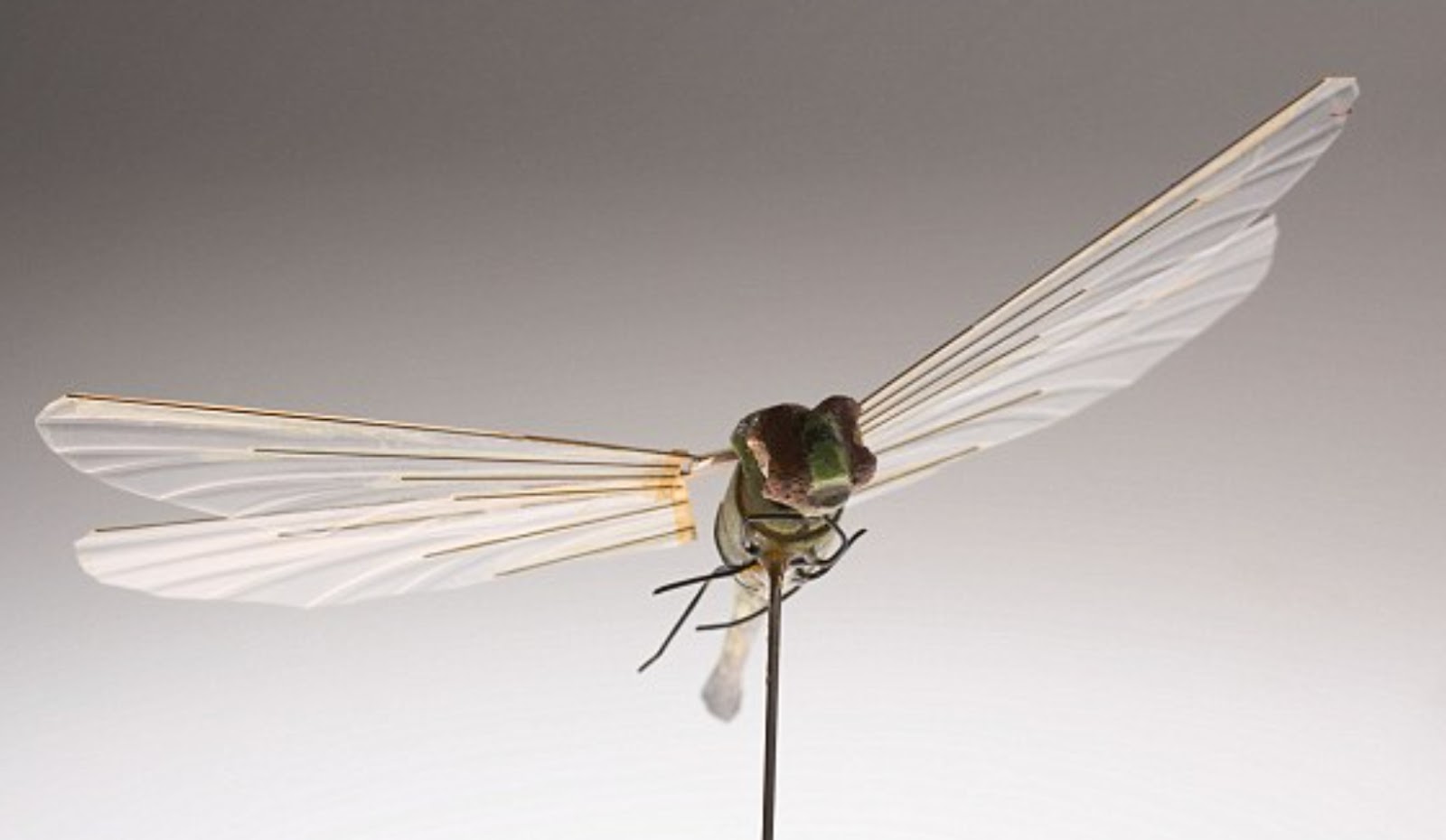
Back in the 1970s the CIA tested a very early drone, an unmanned aerial vehicle ‘insectothopter’ disguised as a dragonfly. A microphone the size of a bead hides in its head. A watchmaker helped build the device, which had a miniature fluidic oscillator for the wings and a small amount of propellant-produced gas. It also had a laser to work as the data link for the audio sensor payload. Unfortunately, the dragonfly wasn’t good in the wind (something you would have thought was pretty obvious!), so the CIA dropped the dragonfly, though its appetite to develop new robotics was undeterred.
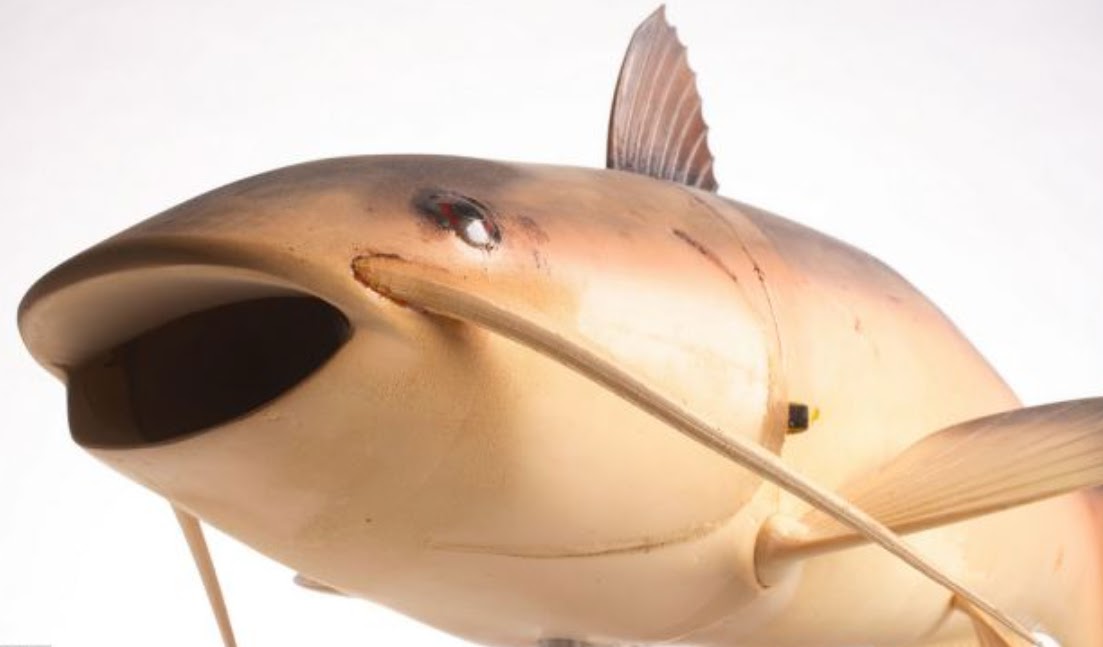
Charlie, the CIA’s robotic catfish, was designed in the 1990s to test the possibility of unmanned, underwater vehicles. Charlie's tail conceals a pressure hull, ballast system, communications and a propulsion system. The CIA isn’t saying if Charlie was used to gather intelligence or water samples, but it's likely Charlie didn’t mind swimming against the tide.
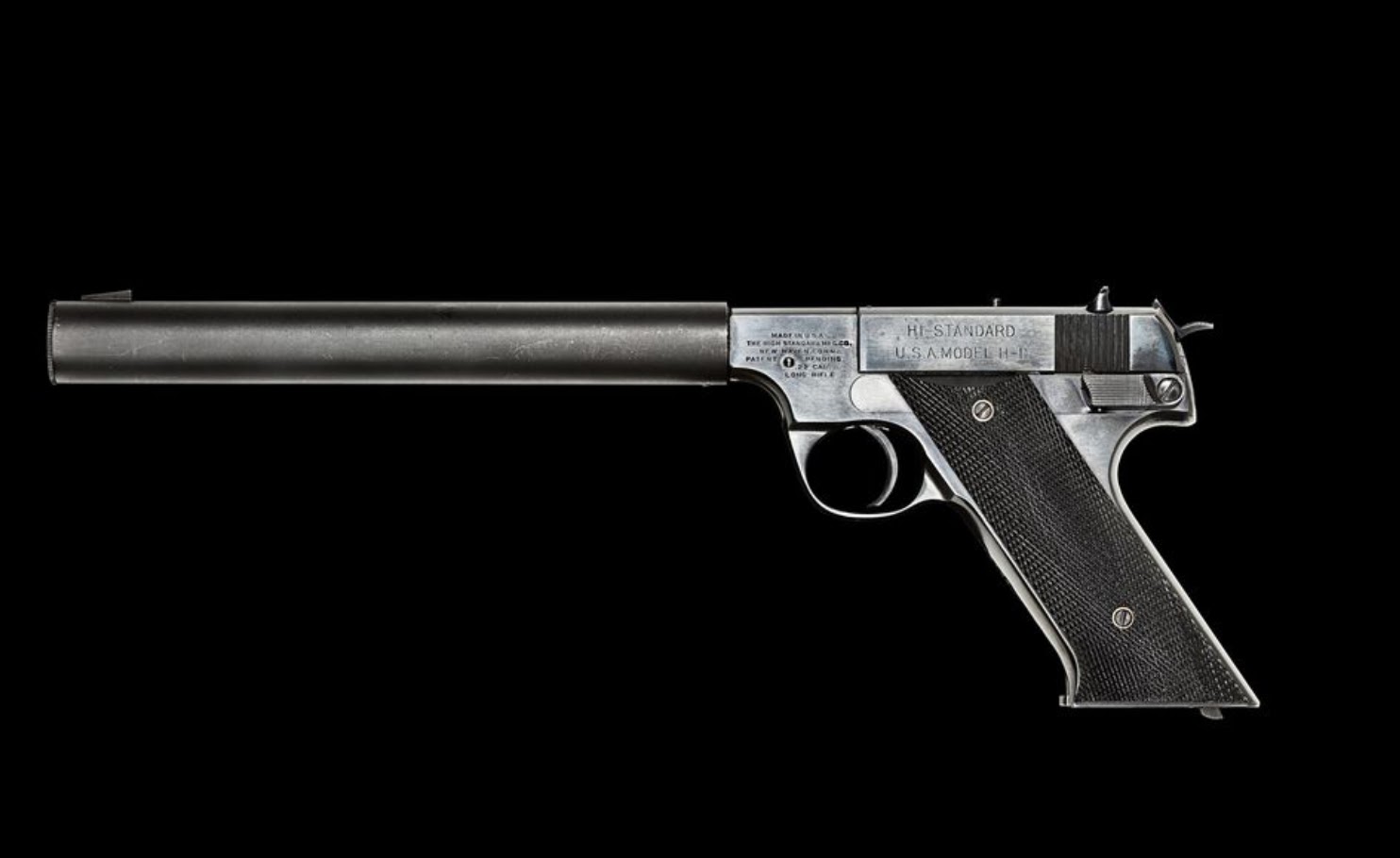
This silent, High Standard .22 was used during WWII and the Cold War by US spies. The long-barrelled weapon was flash-less and silencer-equipped. It was so quiet President Franklin D. Roosevelt didn't hear it when the pistol was fired multiple times in the Oval Office, according to the book Of Spies and Stratagems. The CIA Museum displays the weapon with a few words of advice: ‘Ideal for use in close spaces or for eliminating sentries.’

Intelligence gathering has two goals: accessing information and transmitting it safely for analysis - dead drops, ciphers, coded texts or any other encryption method might be used. The Germans used Enigma cipher machines during WWII. They resembled typewriters but could scramble messages about troop movements and other top-secret intelligence. The CIA and German spy agency BND took encryption one step further, however. After WWII, the agencies set up a Swiss company, Crypto AG, and made millions selling encryption equipment to more than 100 intelligence agencies, including Iran’s. The catch was that the CIA and BND had added backdoors into the products so they could eavesdrop on the agencies. The ruse was exposed in a 2020 investigation involving the Washington Post and other media.

In 1940 Alan Turing’s Bombe was the cutting edge of technology, the world's first programmable digital computer built in secret during WWII at Bletchley Park. The Bombe could check Enigma rotor settings thousands of times faster than any human, yet British intelligence agents still had to man the Bombes every day to narrow the likely settings, allowing cryptologists to decrypt German messages. An American team also developed a four-rotor Bombe and by the end of WWII, more than 100 were built by the National Cash Register Corp in Dayton, Ohio.
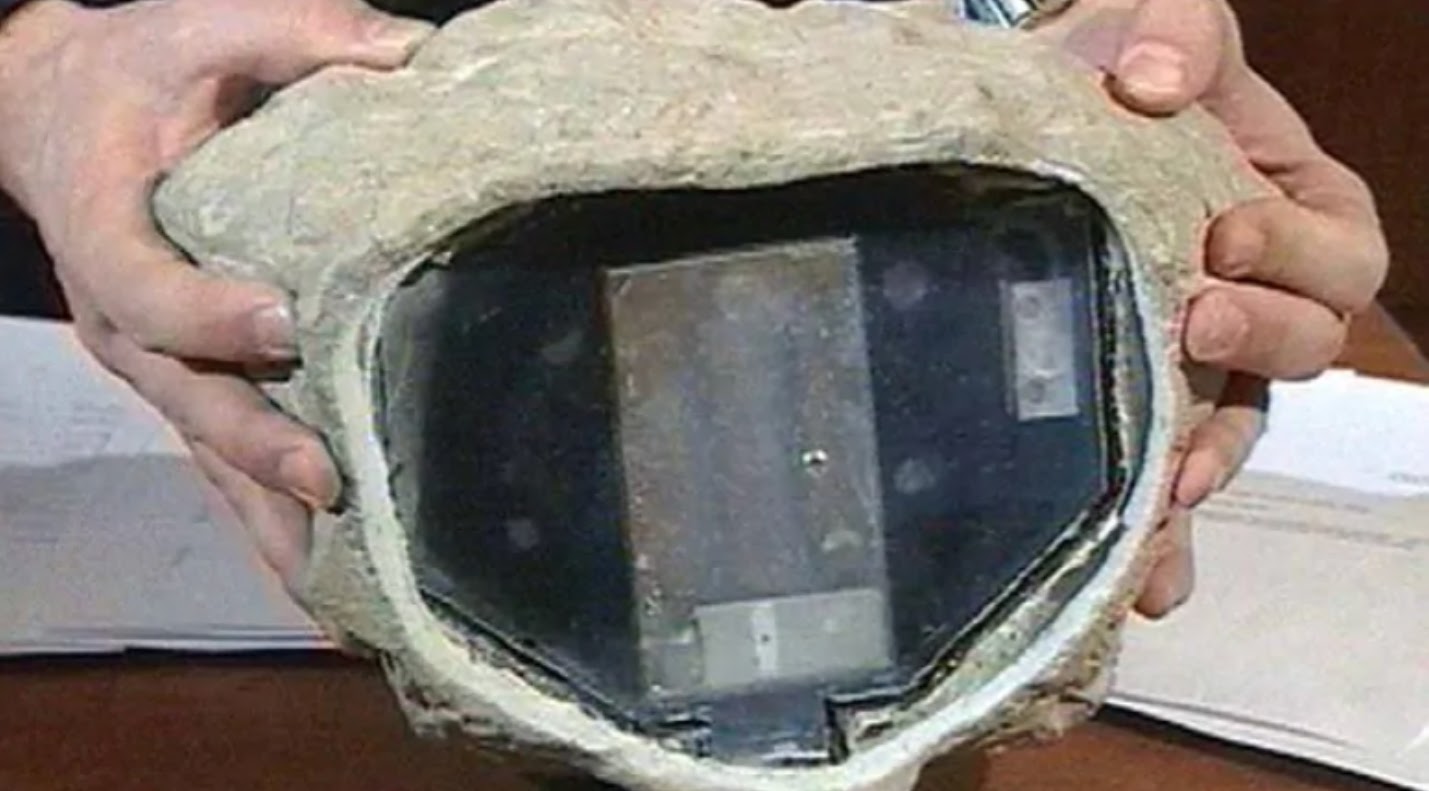
While it may be impossible to imagine now, in 2006 Britain’s top-secret intelligence-gathering involved planting a fake rock in Moscow. British spies communicated with Russian contacts using pocket-sized computers to download digital data to an electronic gadget inside the plastic ‘rock’. The download took seconds and could be done from 20 meters away but the ‘rock’ had to be opened to retrieve data. Eventually, the Brits were caught red-handed. Jonathan Powell, former chief of staff to PM Tony Blair, finally admitted to spying after six years: "There's not much you can say, you can't really call up and say 'I'm terribly sorry about that, it won't happen again.' I mean, they had us bang to rights.” Vladimir Putin said he wouldn’t expel the British agents in case the UK sent capable ones in their place.
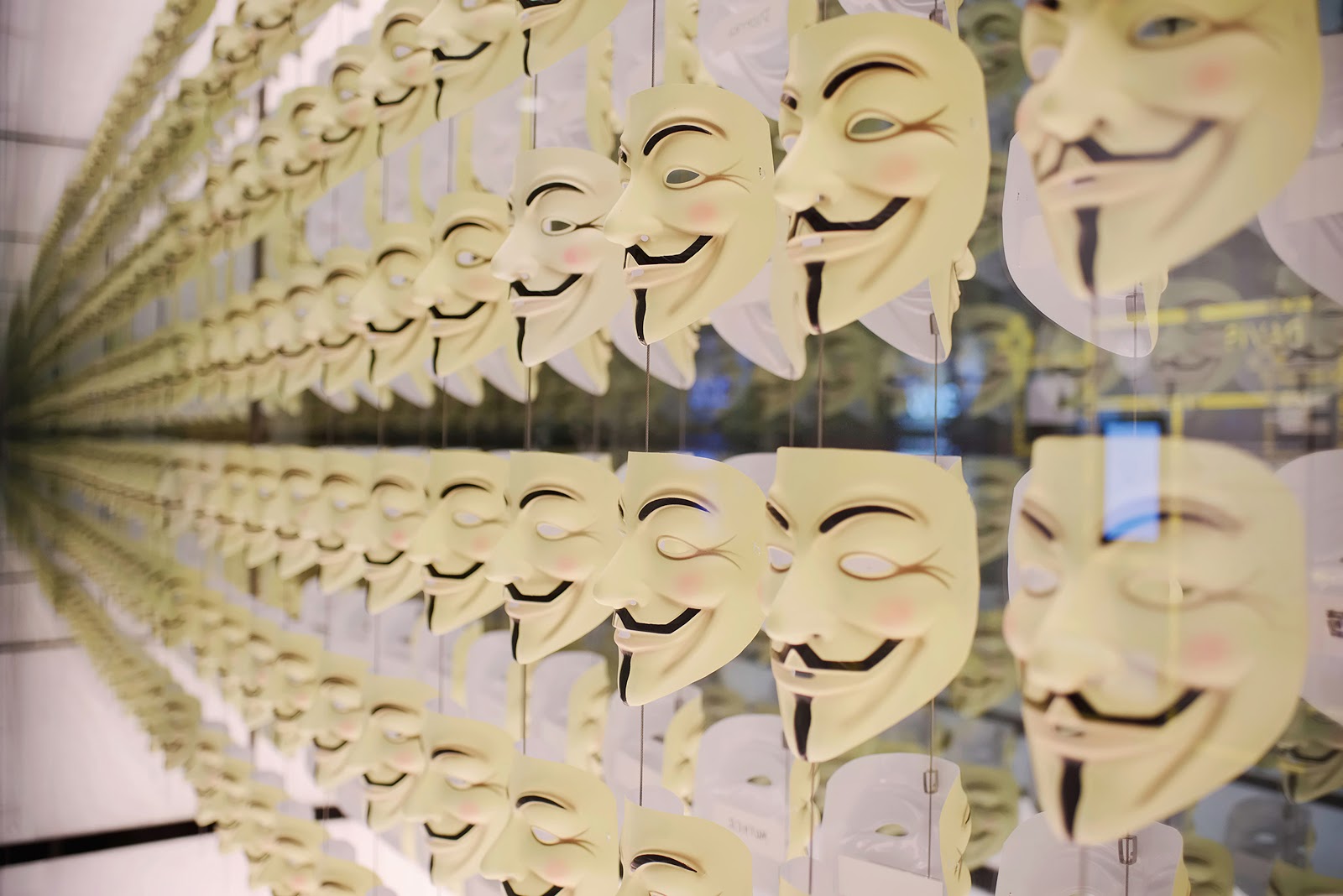
Hacking is often associated with Anonymous and their signature Guy Fawkes masks, a shadowy group that seemed to reappear in 2020. Hackers aren’t just rebels, however. Government-trained spies are blamed for two SolarWinds attacks in 2020, the largest and possibly most devastating hacks on the US government in history. Russia and China are accused of hacking the National Nuclear Security Administration, the federal payroll and more. A year after the hack, the US still didn’t know how much information was stolen.

Phone hacking often involves gaining unauthorized access to cell phones, either by intercepting calls or accessing voicemail, but are apps also vulnerable? Facebook is suing Israeli surveillance firm NSO Group claiming it helped spies hack 1,400 phones through WhatsApp by exploiting the video calling system to send malware to the users’ cell phones. NSO denies it, saying it provides technology to intelligence agencies and police forces to fight terrorism and serious crime.
"The brand new social experience where you activate your gaming skills as you train like a spy."
- TimeOut
Take on thrilling, high-energy espionage challenges across different game zones.


Weapons come in many forms including Novichok, a nerve agent with ties to Moscow. When Alexei Navalny, a Russian opposition leader, fell ill in 2020 European laboratory tests linked his condition to a type of Novichok used in the 2018 poisoning of Russian-British double agent Sergei Skripal. While Russia denies involvement in the deaths, it isn’t the first time Russian spies have been linked to poison. The UK inquiry into the death of ex-Russian spy Alexander Litvinenko found that his murder by polonium-210 was 'probably' approved by Vladimir Putin.
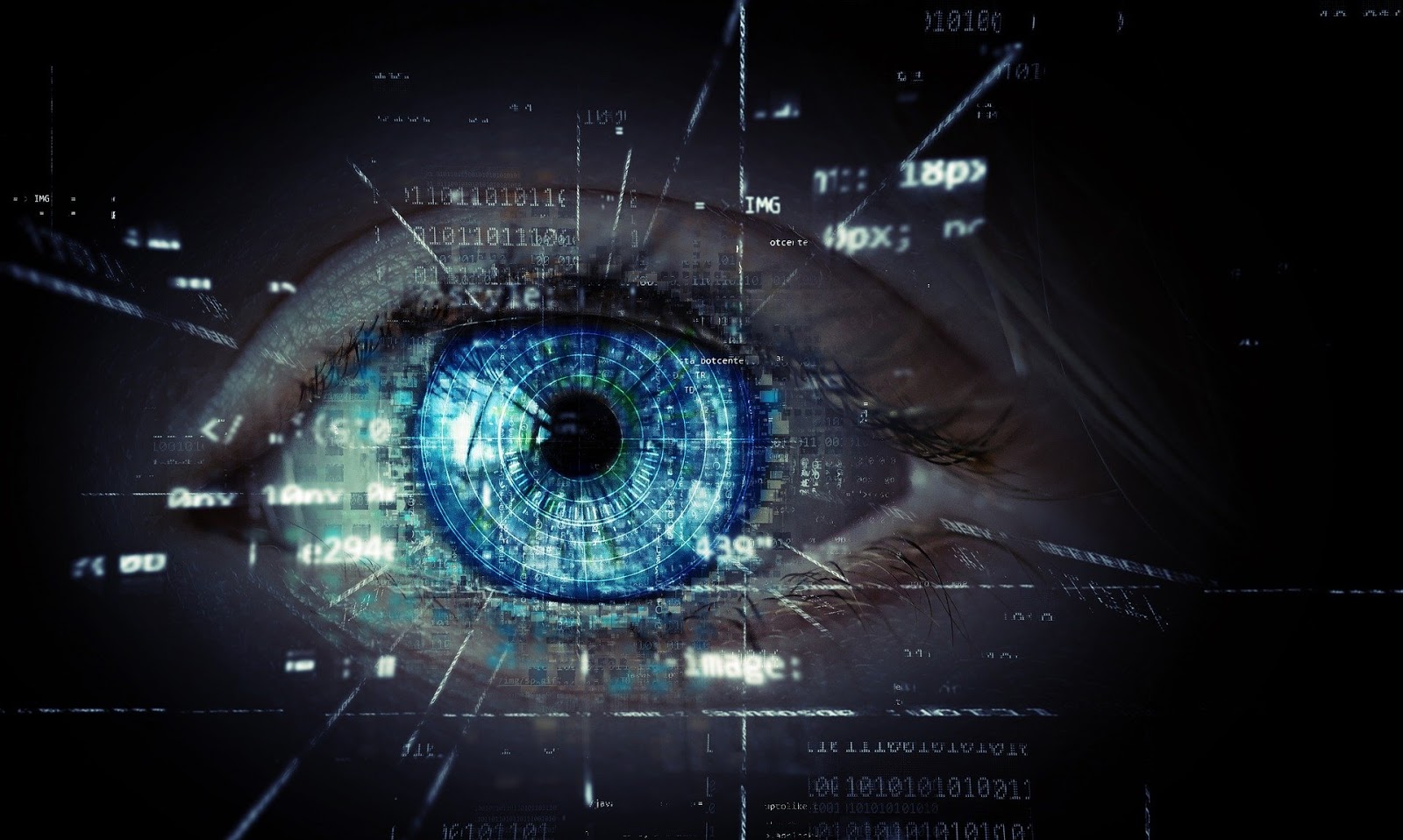
In movies about futuristic surveillance states inhabited by cyberspies the cameras instantly recognize faces. But do we already live in this dystopian world? London police use facial recognition, so do British supermarkets and Rite Aid drug stores in the US. Miami and Alabama police said they too have relied on facial recognition to identify US Capital rioters and sent intelligence to the FBI. The Bureau received more than 100,000 pieces of digital media within a week of the 2021 riots.
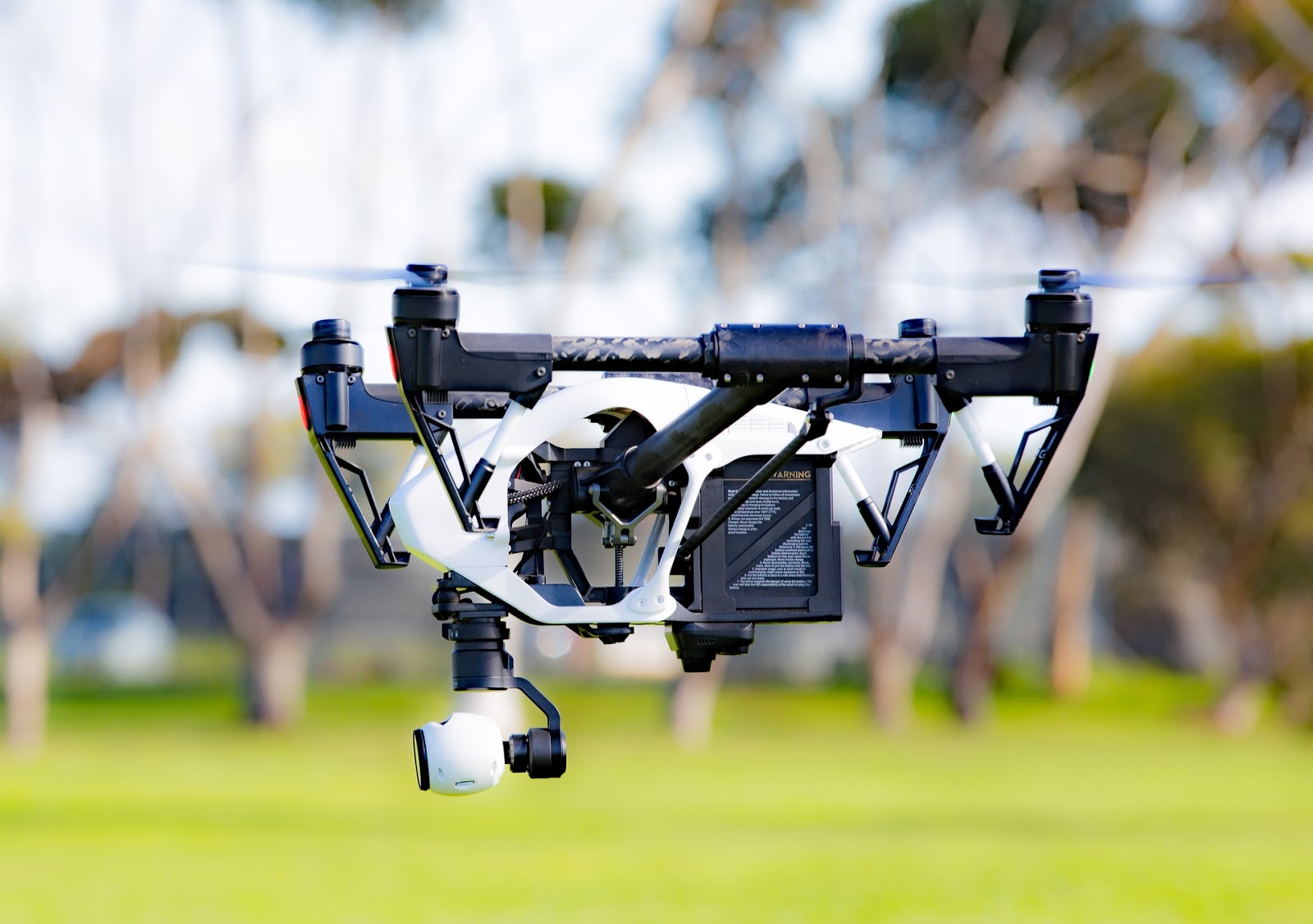
Pentagon and CIA spies aren’t the only ones using cutting-edge technology. Mossad’s Facebook videos buzz with satellites, facial recognition technology, electronic lock-picking tools and, of course, drones. In fact, Israel is becoming somewhat of a drone superpower. More than 80 percent of all Israeli Air Force flights are executed by unmanned aircraft.

The FBI has its own fleet, reportedly at least 50 spy planes registered to fake companies with names like FVX Research and KQM Aviation. The jets are kitted out with cameras and tech that can track thousands of cell phones. Although the FBI said the spy planes are only for ongoing investigations, an FBI Cessna Citation was spotted over Washington, DC for several days in 2020 conducting aerial surveillance during protests.
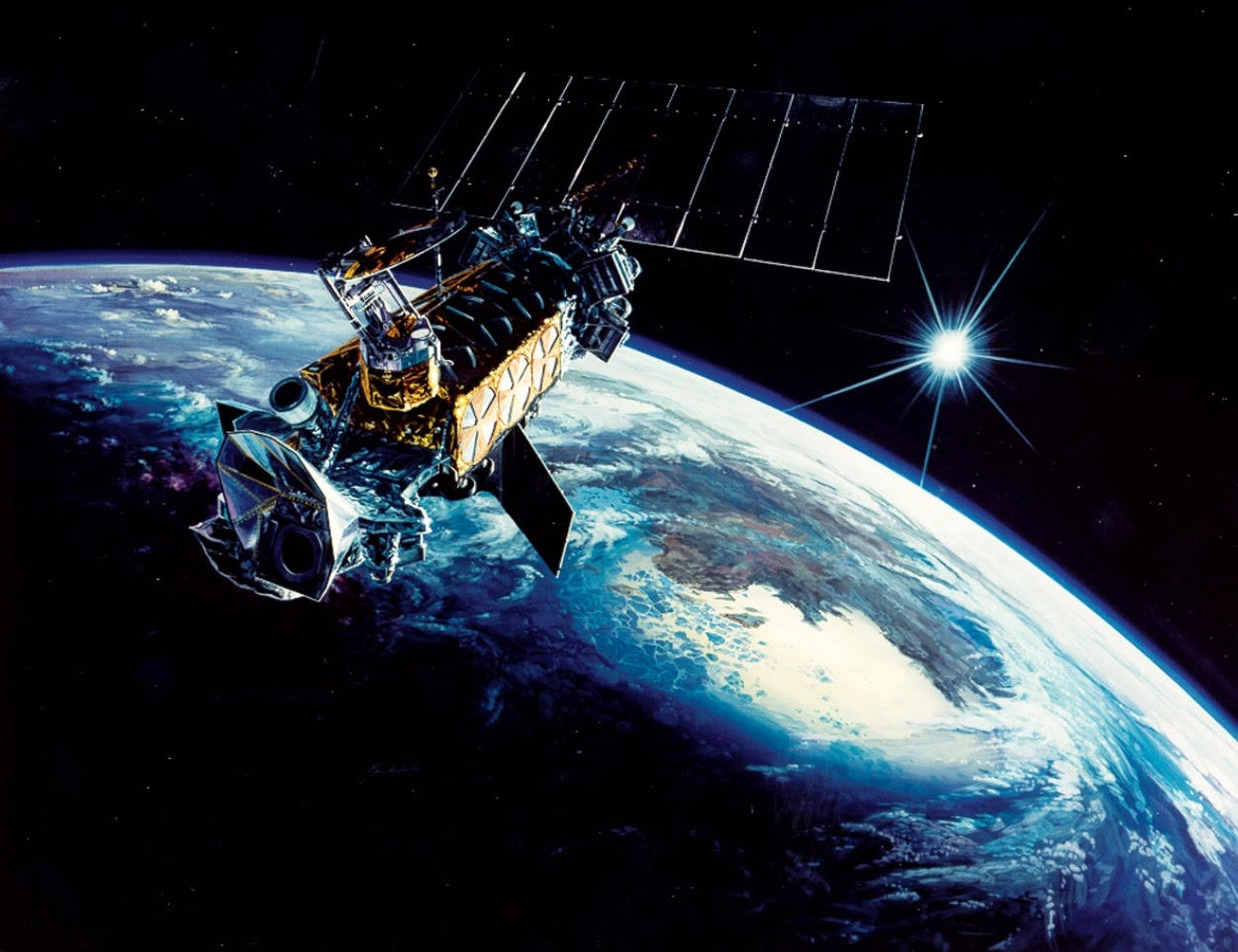
Spy tech doesn’t come much more sophisticated than satellites but even multi-billion dollar birds aren’t fail-proof. The ‘USA 245’ spy satellite was lurking in space on a classified mission in 2020 when the Americans noticed something odd: a Russian satellite seemed to be stalking it. The Russians said Kosmos-2545 just happened to be in the neighborhood, but the US wasn’t convinced. USA 245’s high-resolution optical and infrared image cameras can transmit real-time observations. Experts think the Russians were listening for signals to determine the type of computers on board, when the satellite operated and when it took pictures.

Where’s it all heading? The CIA has a long history of inventing new tech for spycraft including the lithium-ion batteries now used in laptops, smartphones and drones. The agency also funded Keyhole Inc whose technology powers Google Earth. So there was a buzz in 2020 when the agency said it was opening its first federal lab for in-house research. CIA Labs will focus on artificial intelligence; blockchain; future wireless technology; quantum computing; and virtual and augmented reality devices.
The agency told MIT Technology Review that one of the immediate problems it faces is surveillance overload. The amount of data it collects from drones and other sensors is so overwhelming the CIA needs to speed things up by sorting data on the devices rather than sending it back to a central system.
And when it does, the CIA will be closer to combining all of the data available on any given individual within a very short period of time. How’s that for augmented reality?
SPYSCAPE+

Join now to get True Spies episodes early and ad-free every week, plus subscriber-only Debriefs and Q&As to bring you closer to your favorite spies and stories from the show. You’ll also get our exclusive series The Razumov Files and The Great James Bond Car Robbery!


Gadgets & Gifts
Explore a world of secrets together. Navigate through interactive exhibits and missions to discover your spy roles.
Your Spy Skills
We all have valuable spy skills - your mission is to discover yours. See if you have what it takes to be a secret agent, with our authentic spy skills evaluation* developed by a former Head of Training at British Intelligence. It's FREE so share & compare with friends now!
* Find more information about the scientific methods behind the evaluation here.


Stay Connected
Follow us for the latest
TIKTOK
INSTAGRAM
X
FACEBOOK
YOUTUBE